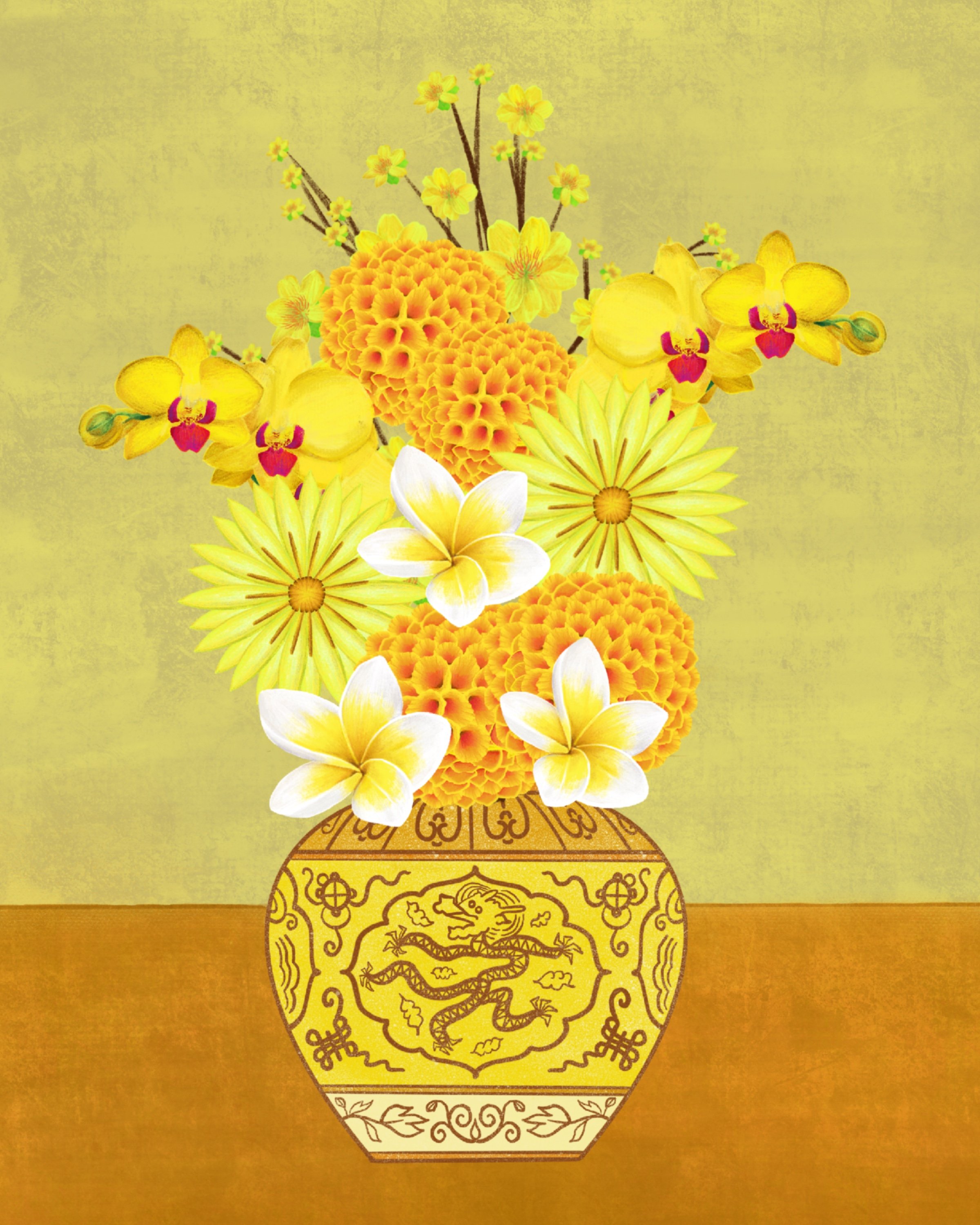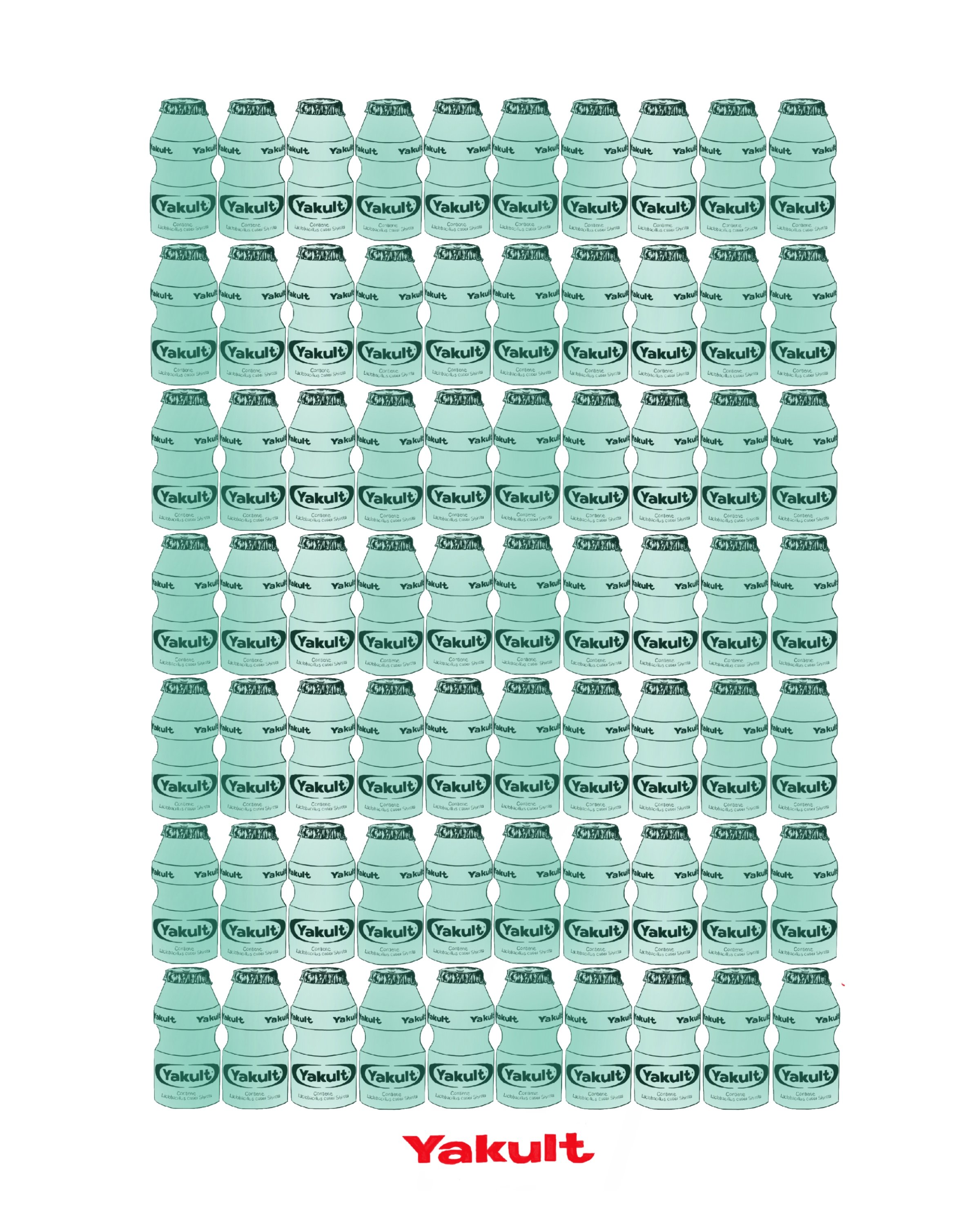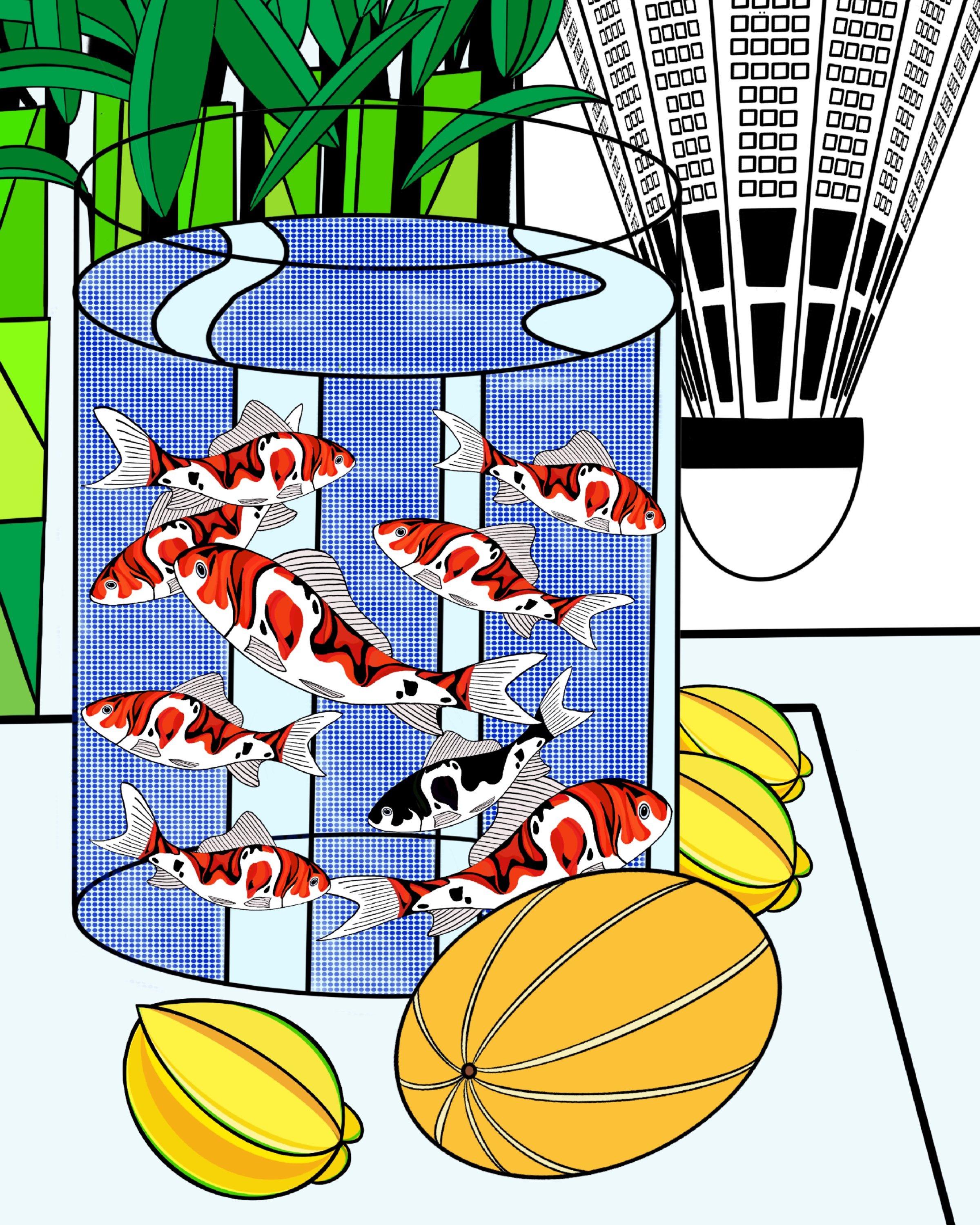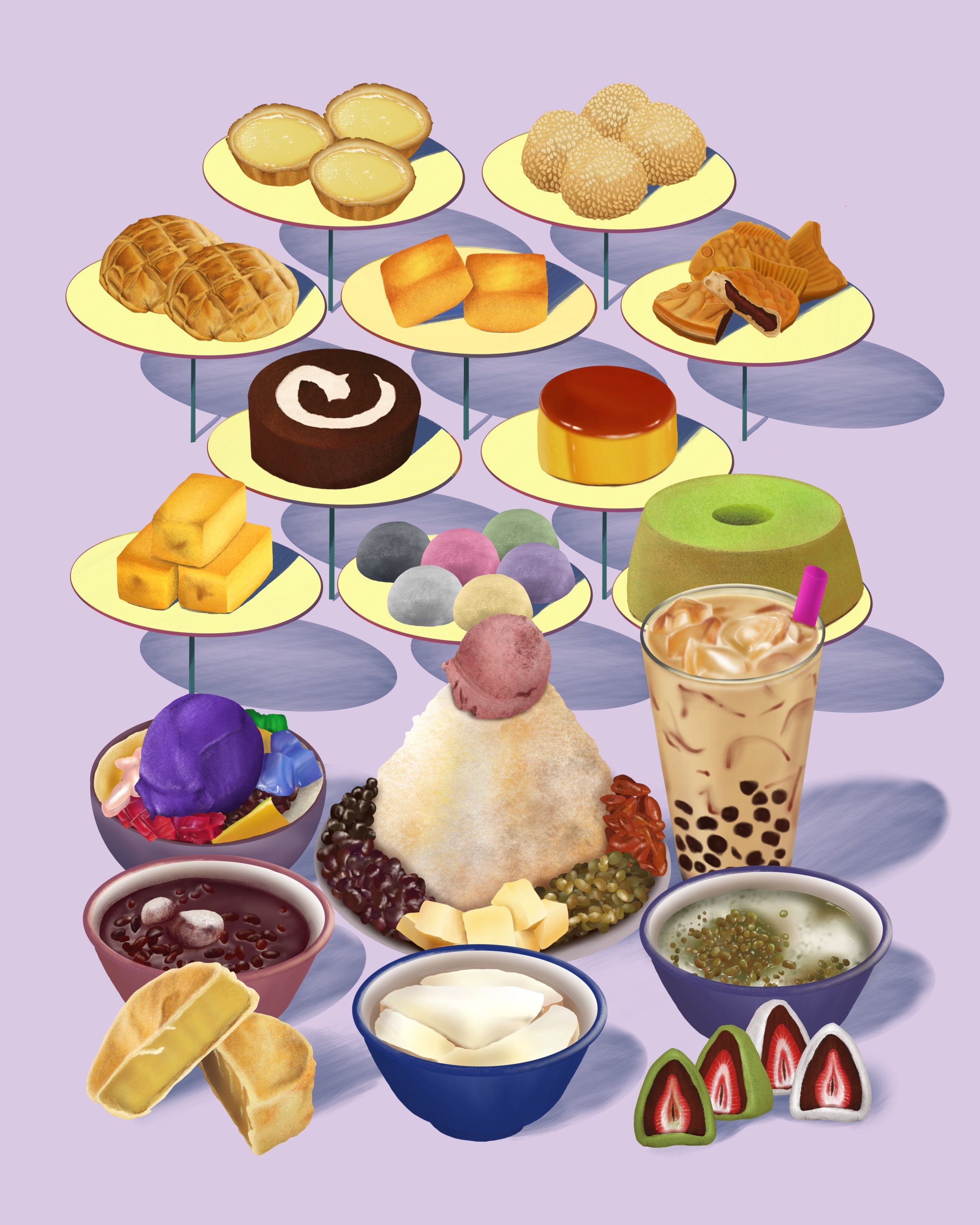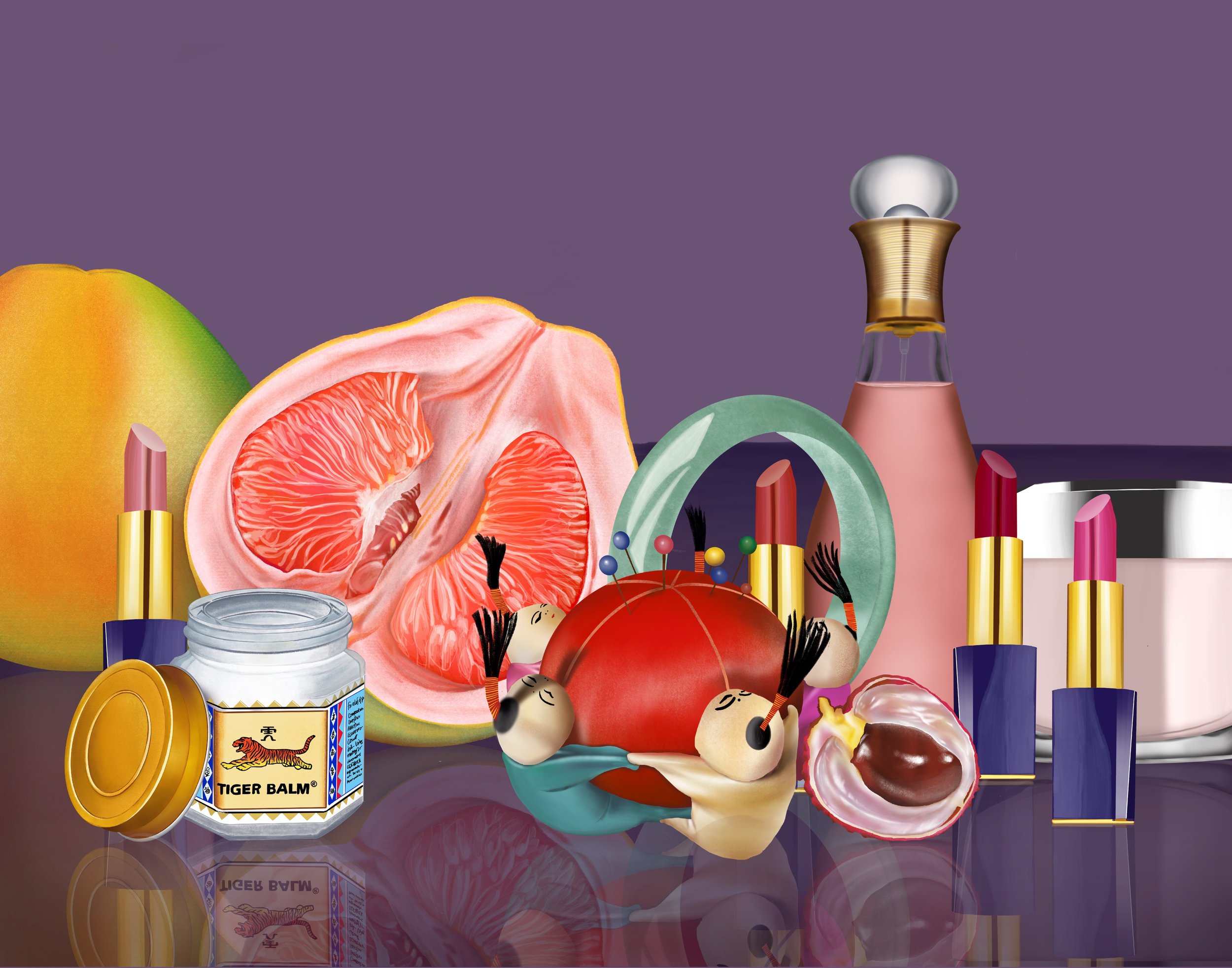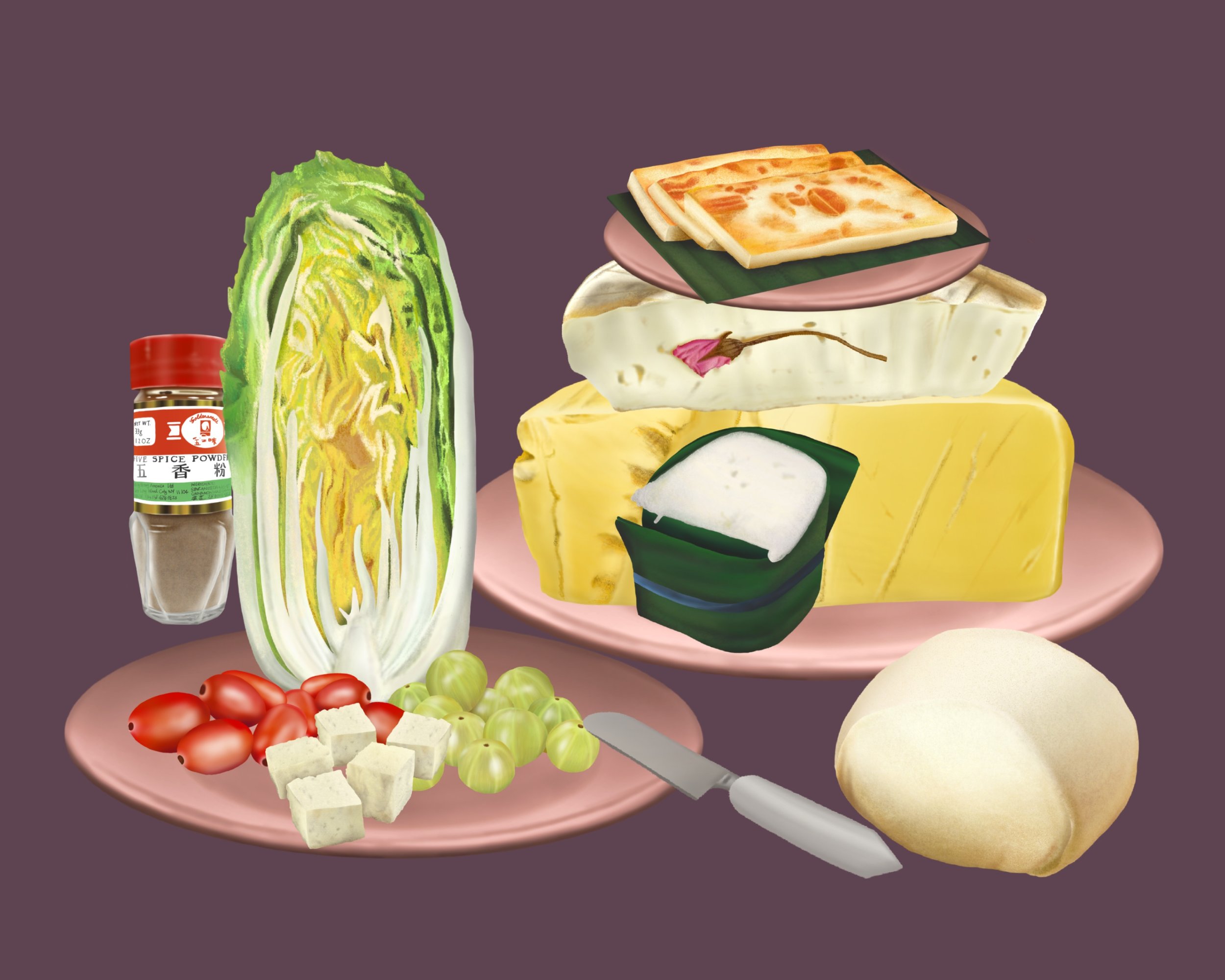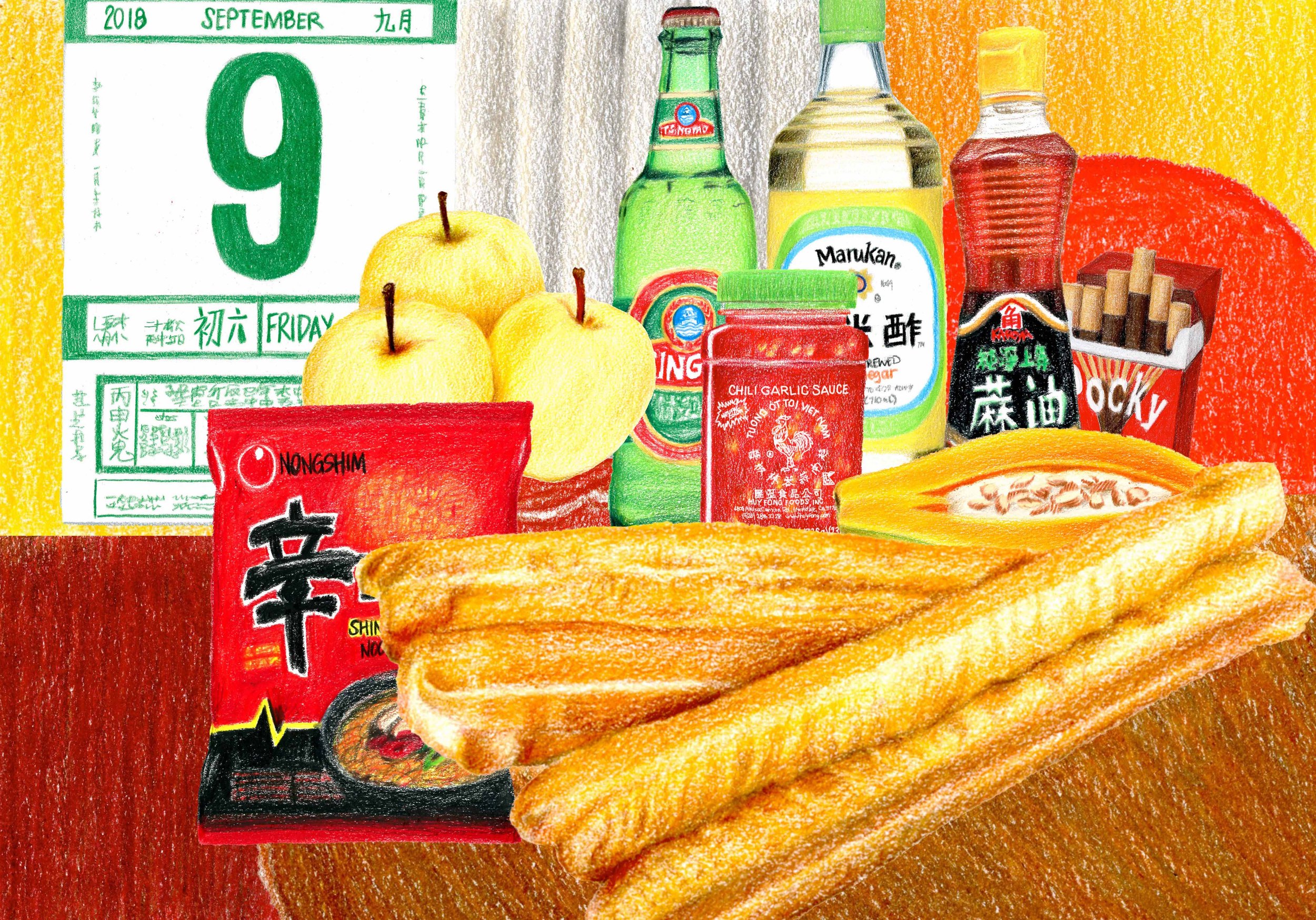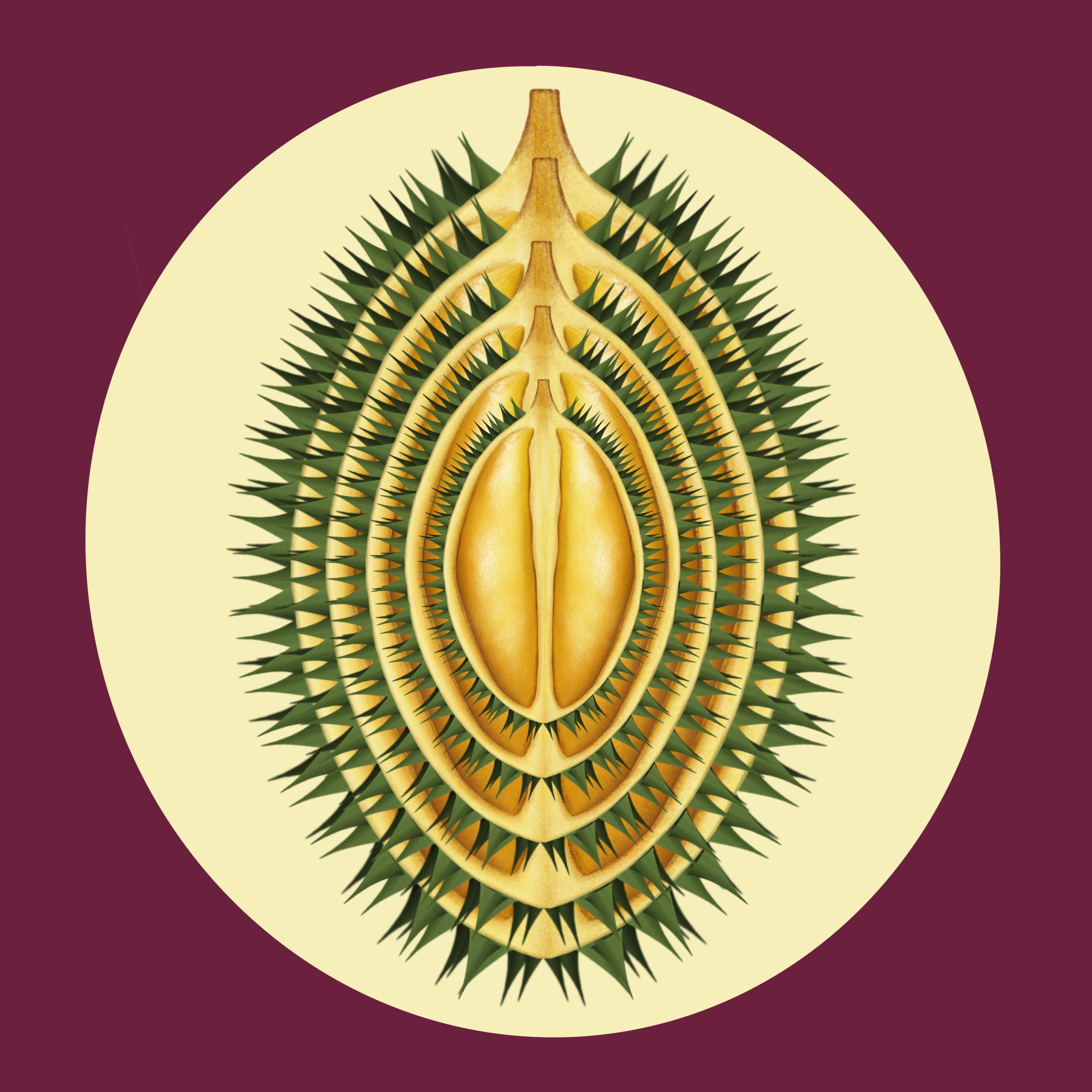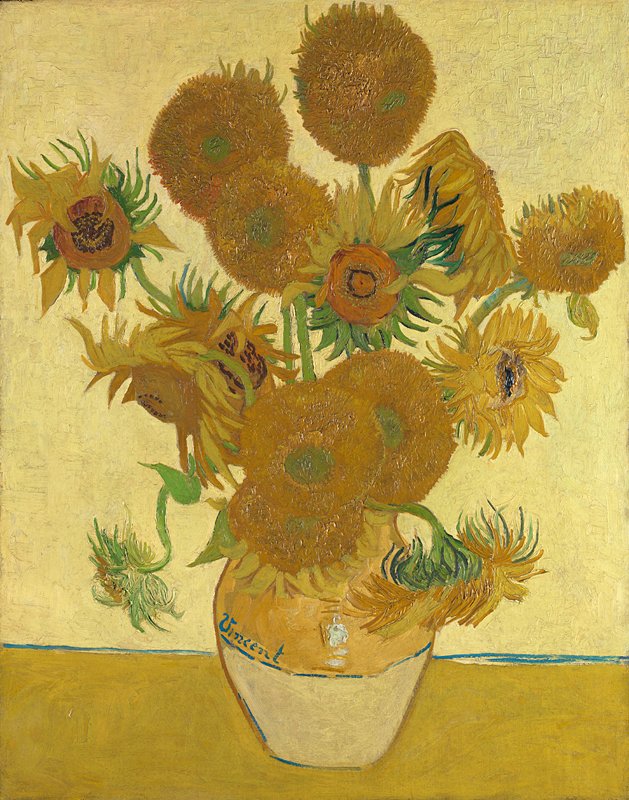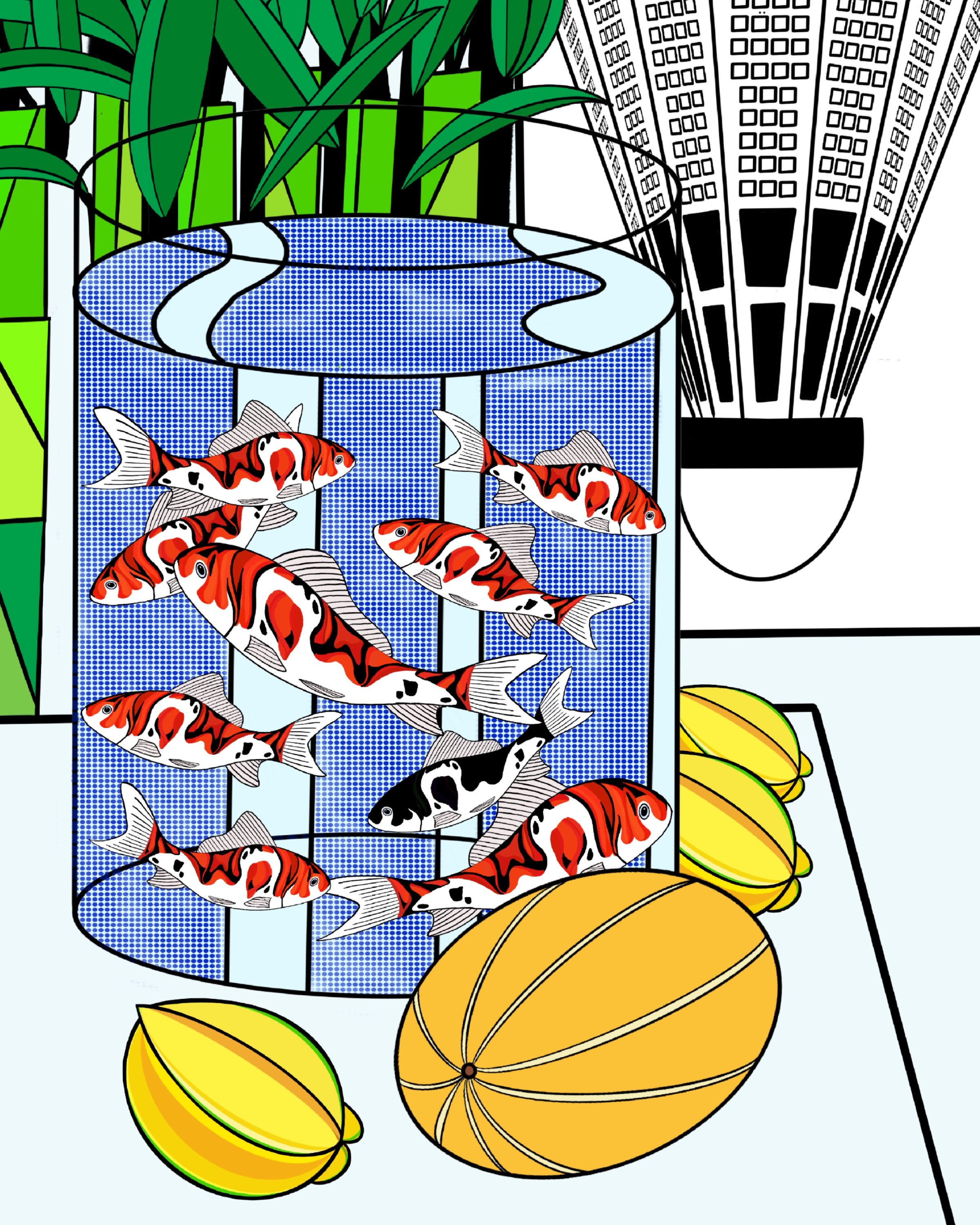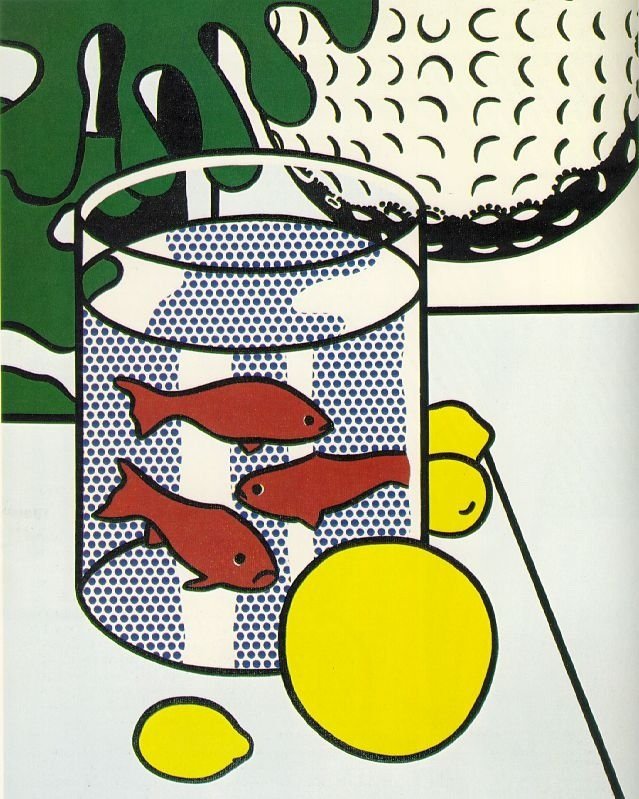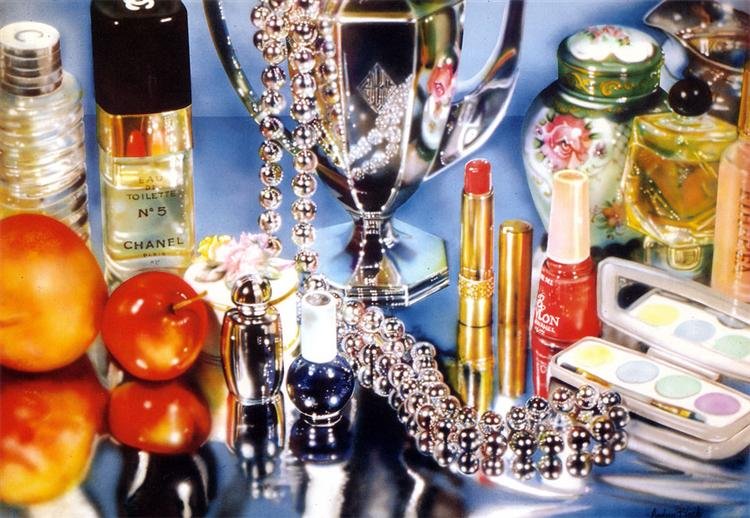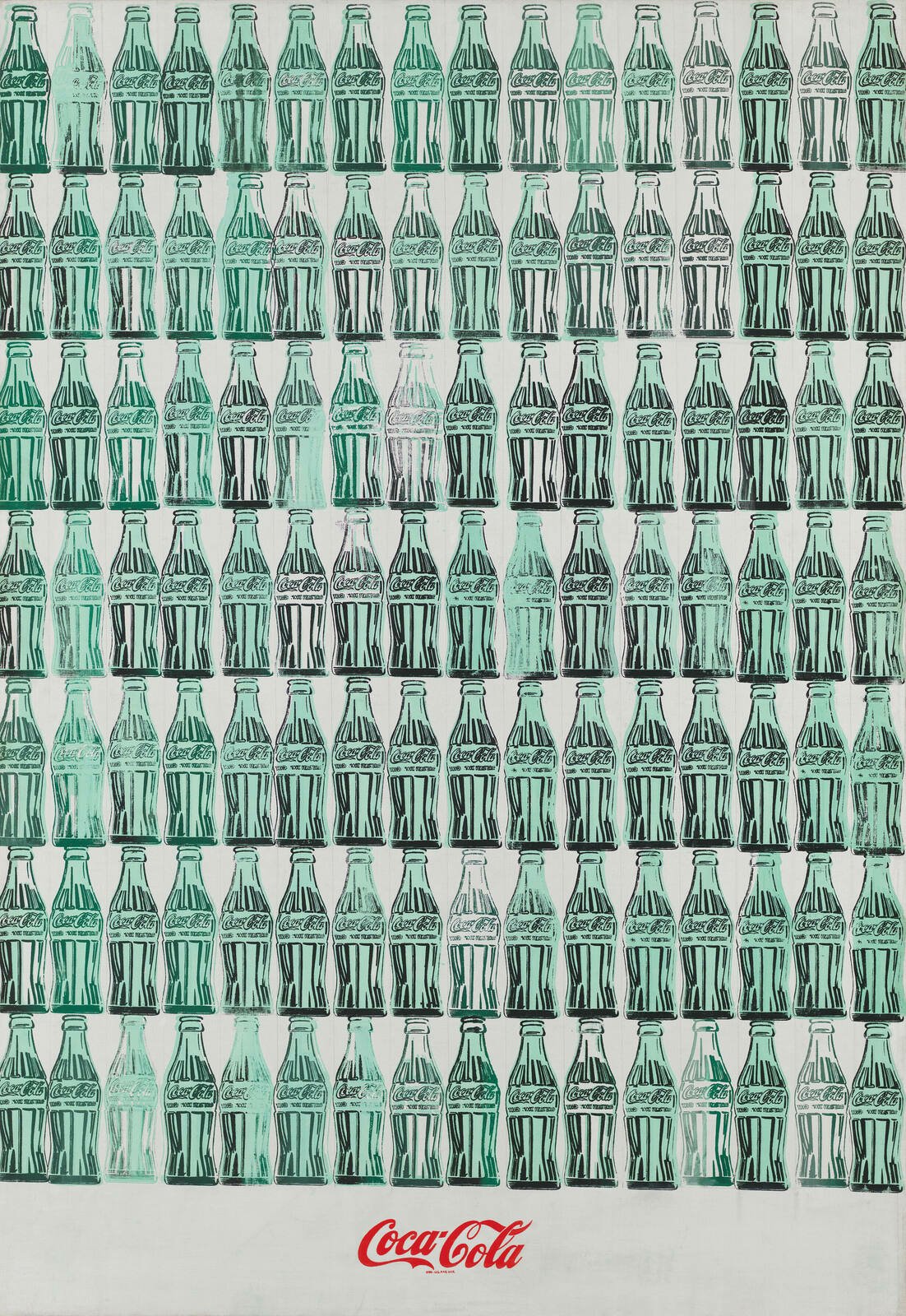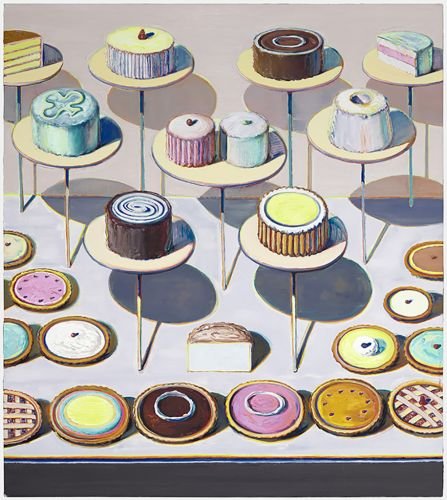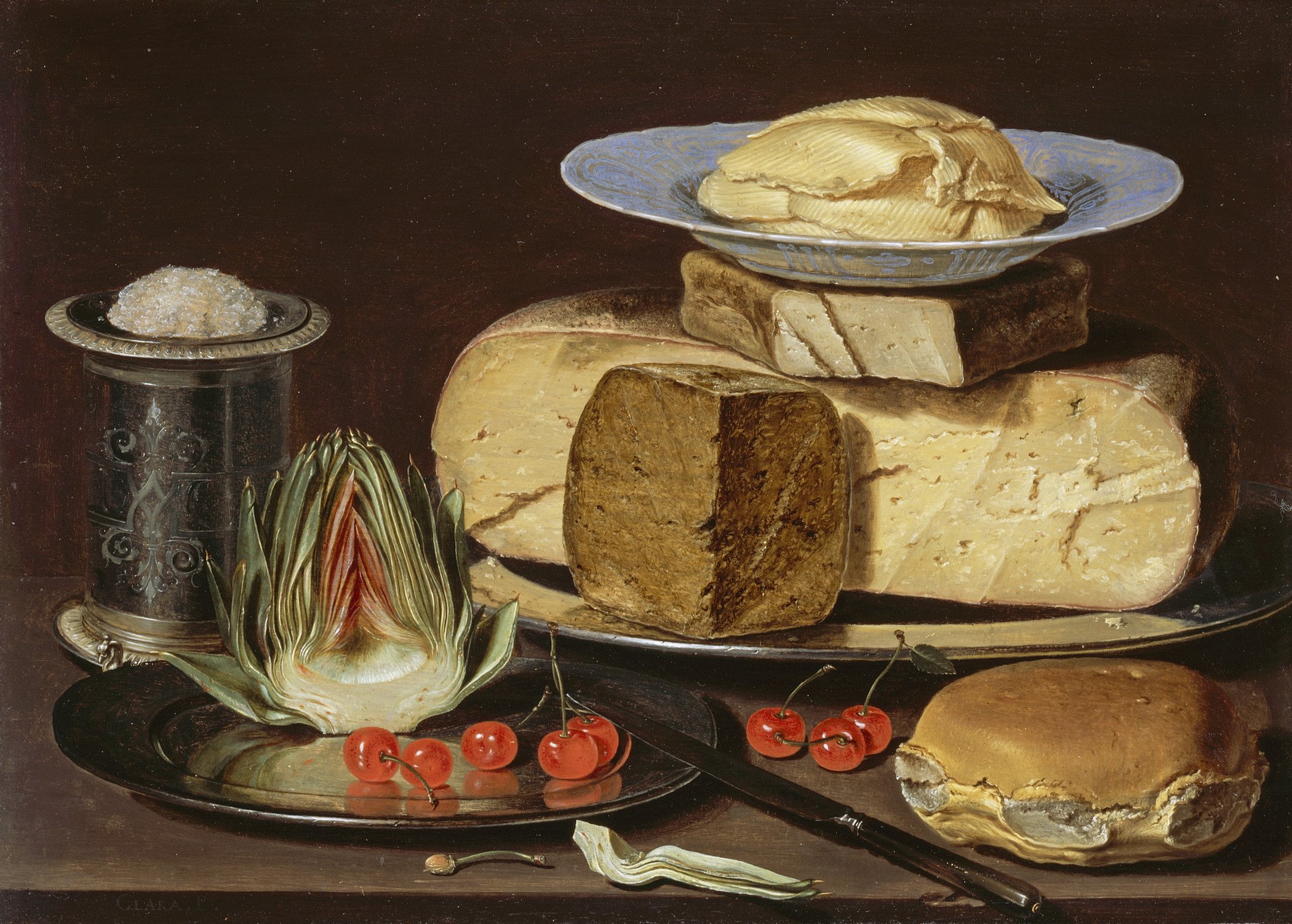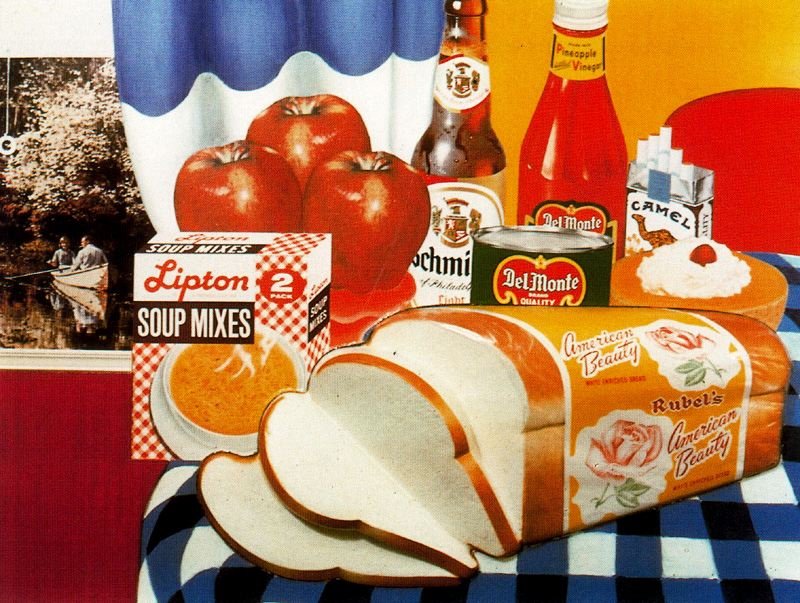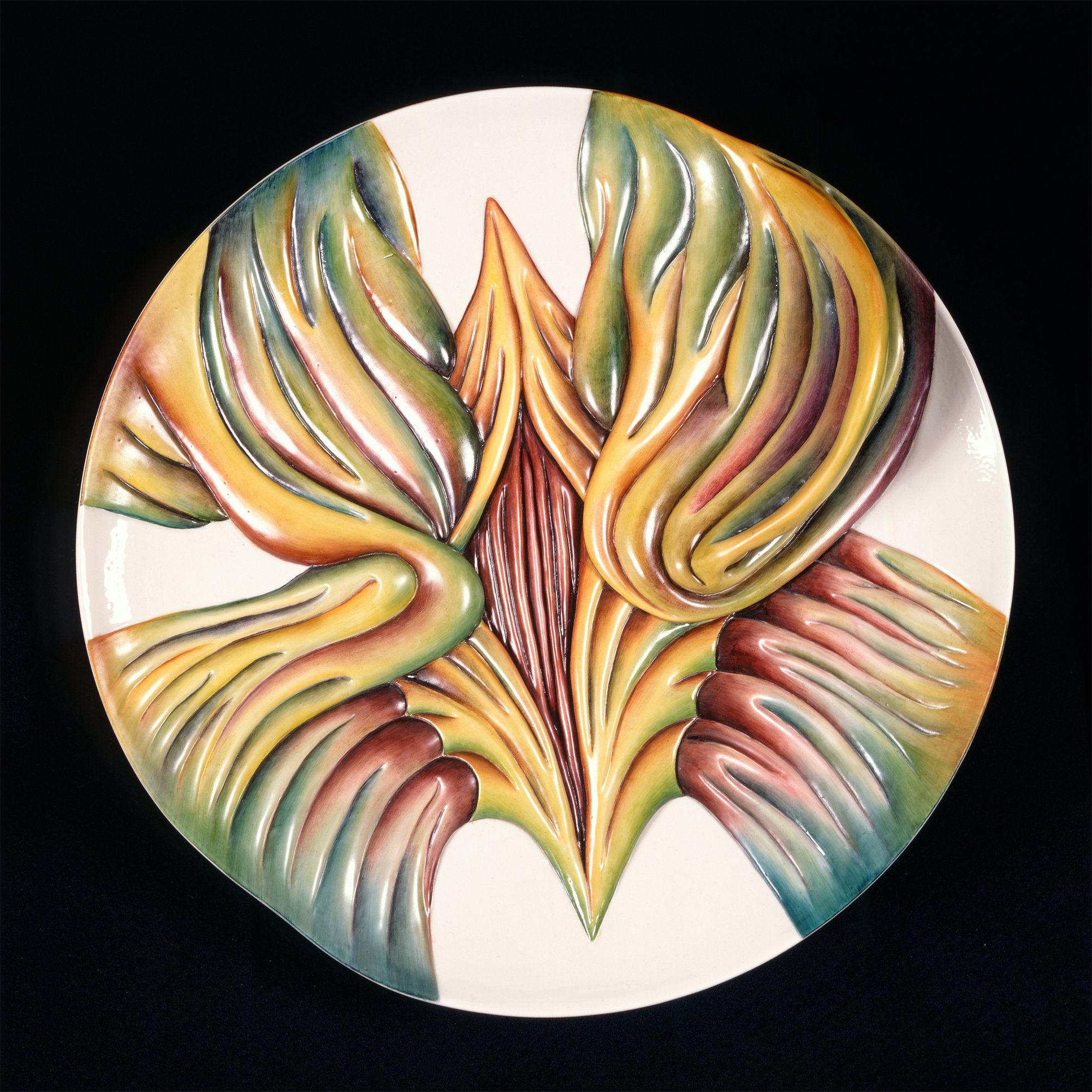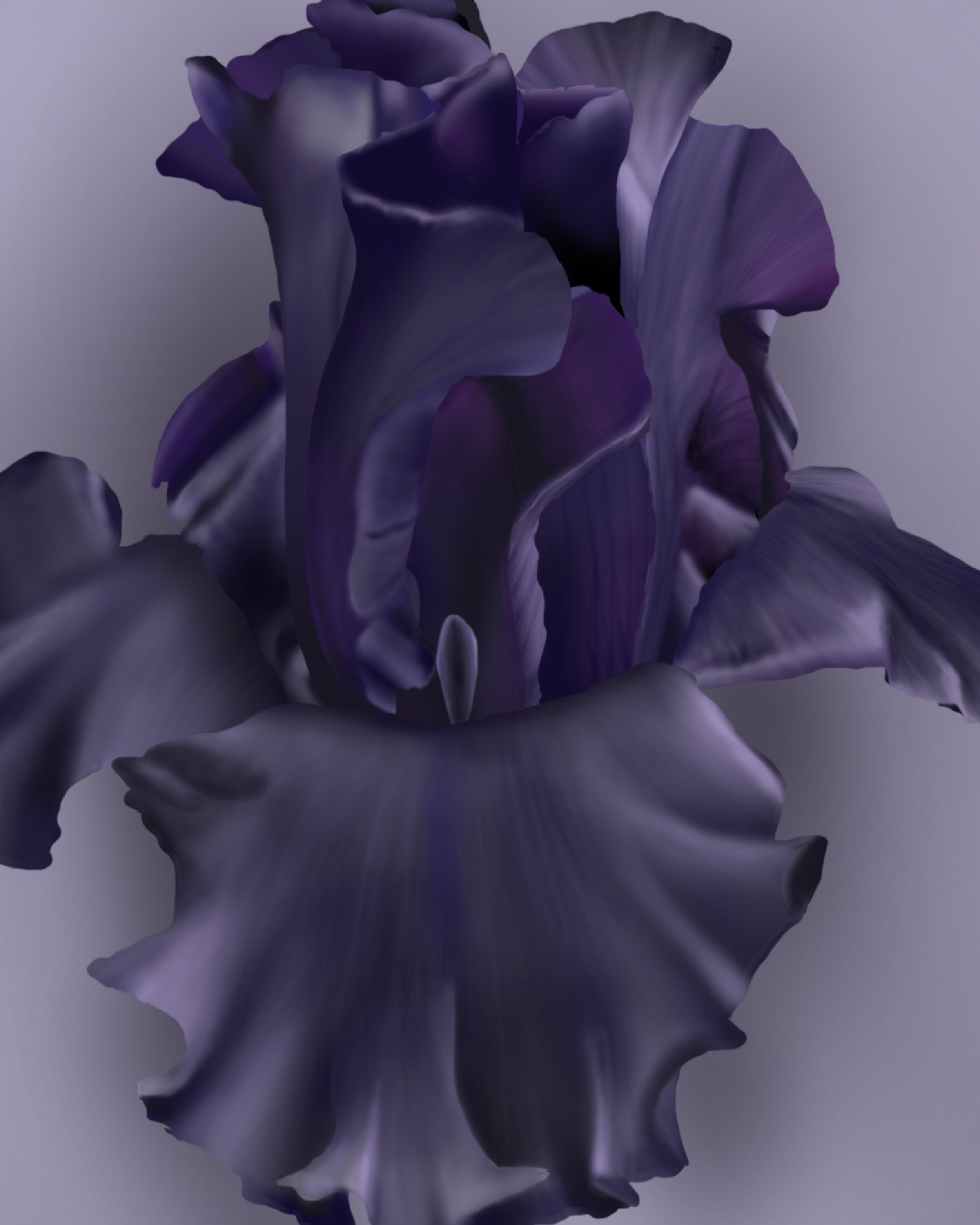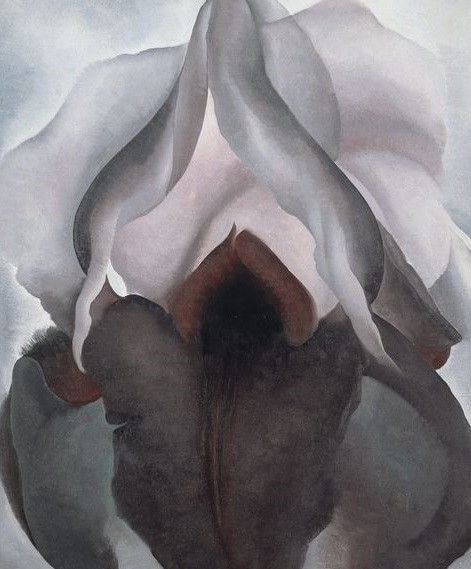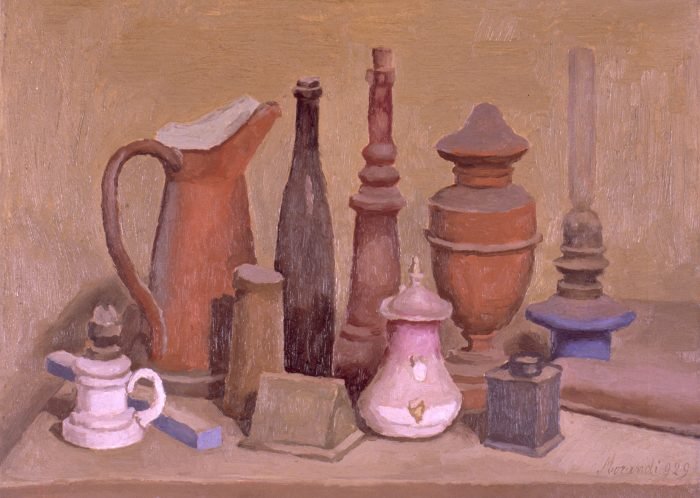Asian American Still Lifes
Digital Illustrations & Personal Project, 2019
I’ve always had a fondness for still live artwork in how they capture everyday things in a such a simple, but magnificent way. I reimagined well-known works with objects and foods I’ve grown up around to explore how cultural representation and a feeling of familiarity or comfort can extend to the most mundane of things. I find that random trinkets and food items can evoke a range of memories and emotions depending on who is viewing the art and when they are viewing it. This project was also my first time using the iPad to create digital artwork and it allowed me to work in new styles with different brushes and color palettes. Continue reading below for a side by side comparison of the original pieces that inspired this series with my own interpretations of them and check my shop if you’re interested in art prints of some of these works!
Yellow Flowers
This piece was inspired by Vincent Van Gogh’s Sunflowers, with flowers including orchids, plumerias, marigolds, lotus flowers, and cherry blossoms, all of which are used in various Asian cultures to symbolize different emotions and stages in life.
Van Gogh enjoyed painting these flowers (some were gifts for Gaugin) and wrote that they represented gratitude for him. He was able to create such intense vibrancy with the yellows through newly manufactured pigments like chrome yellow. He layered on the paint as a way to express emotion, and with the yellow - it was meant to convey a strong feeling of happiness, with the various flower shapes representing different phases of its life. I chose to recreate this work because of the yellow, a color that carries a racist undertone with East Asians, and reclaim its vibrancy.
Still Life with Nine Koi Fish
This piece was inspired by Roy Lichtenstein’s Still Life with Goldfish and depicts nine koi fish (eight orange koi and one black koi to absorb negative energy), a Korean melon, starfruit, a shuttlecock, and bamboo.
Lichtenstein experimented with different styles in his later works, including still lifes. He used optical tricks to have viewers debate reality as his works were “not meant to have the usual still life meaning”. He added fruits as a parodic homage to traditional still lifes and their fruit baskets. His Still Life with Goldfish took on additional layers by incorporating his Golf Ball piece in the background, as well challenging the notions of originality by appropriating Matisse’s Goldfish from 60 years earlier.
Nostalgic Vanity
This piece was inspired by Audrey Flack’s Chanel. I was drawn to Flack's modern vanitas, a type of artwork that depicts the transient and ephemeral nature of life through still life arrangements, historically involving a skull, an hourglass, and fruits and flowers. When Flack entered into the art scene, she was always caught in between being labelled either a feminine artist or feminist artist (labels she didn’t care much for then) and her works were often overlooked due to the overtly feminine objects on display. She was a pioneer in photorealistic painting with detailed and decadent works using multiple modern day still life elements to depict excess and indulgence. She sometimes included personal touches and items in her pieces, infusing a bit of her life and story into her works as well.
I’ve included memories from my mom’s bathroom and items around the house, including a pomelo, some open lipstick tubes, an uncapped Tiger Balm, a pincushion, a jade bracelet, a lychee, a perfume bottle, and face cream container.
Green Yakult Containers
This piece was created in reference to Green Coca-Cola Bottles by Andy Warhol, who was fascinated with how everyone drank Coke. It didn’t matter what your socioeconomic status was, “a Coke is a Coke, and no amount of money can get you a better Coke."
Like Coke, Yakult's customer base ranges from the rich in developed countries to the poor in developing countries, particularly in Asia. Many of the latter customer segment learn about the benefits of probiotics through Yakult Ladies, who travel from home to home (many of whom live in the very communities they sell to), educating customers, building trust in the brand, and promoting good health. Around 80,000 women are part of this home delivery salesforce today in Asia and have been especially integral in the company's success in Japan.
Cakes and Treats
This piece is in reference to Cakes & Pies by Wayne Thiebaud. He's known for his colorful works and exaggerated shadows depicting dessert items like pies, pastries, ice cream cones, as well as commonplace objects like paint cans and lipsticks. His former job at a diner inspired much of his food art, and he is well known for depicting tantalizing displays of sweets in his work.
The treats in my piece are all items I’ve had since growing up and I drew a multitude of them to evoke that same enticing feeling I got when I was smaller every time we stopped by the bakery for some treats. There are egg tarts, sesame balls, pineapple puns, pineapple cakes, taoyaki , a chocolate Swiss roll, pandan cake (a fluffy, green chiffon cake), leche flan (a custard dessert with a layer of clear caramel sauce), a colorful mochi assortment, halo halo (shaved ice with jellies and a generous dollop of ube ice cream), shaved ice, bubble milk tea, red bean soup, green bean soup, tofu pudding, and daifuku (mochi with strawberry).
Still Life with Asian Cheeses, Napa Cabbage, Goji and Amla Berries
This piece is in reference to Still Life with Cheeses, Artichoke, and Cherries (1625) by Clara Peeters, the only known Flemish woman and a pioneer in still-life paintings during the Dutch Golden Age. Her name is missing from guild records and little is known of her aside from forty paintings (eleven of which are dated). She’s credited with introducing ontbijtjes (breakfast pieces), which depict simple, everyday meals that contrasted the more prevalent still lifes that depict extravagant floral or fruit arrangements, often riddled with hidden allegory. Women couldn’t take anatomy classes, so still lifes were popular amongst female artists. However, Peeters became not just known for this genre, but for her mastery of it. Her meticulous realism is unparalleled and has influenced artists after her.
Elements in my piece include napa cabbage (a major staple in Chinese cooking that symbolizes wealth and prosperity), goji berries (a “happy berry” long used in Chinese, Japanese, Korean, and Vietnamese traditional medicine), and amla berries (the Indian gooseberry - a tart berry sacred to both Hindus and Buddhists in India for ayurvedic medicine). Like the five spice powder, these two Asian super berries also contain all five tastes (sweet, sour, bitter, salty, and spicy).
Still Life #1
This piece was based on Still Life #11 by Tom Wesselmann. He was a leading American Pop artist of the 1960s (although he didn’t like that label), and unlike many of his contemporaries, he preferred a more classical representation of still lifes over abstract expressionism. He created collages of everyday objects with an advertising look and feel, choosing to depict them for their aesthetics rather than making a cultural critique. I would argue and say that still lifes, especially with an advertising lens, is cultural commentary around consumer culture and modernism. His objects are emblematic of his time and supermarket food is very all-American, particularly with the bright packaging.
Supermarkets like 99 Ranch Market are quintessential Asian American. We went to 99 Ranch all the time, with pitstops at bakeries and various eateries in the shopping plaza, and the food items depicted here were always in our pantry and our fridge. I never saw these items in ads on TV or in print growing up, but wanted to recreate that retro advertisement vibe from Wesselmann with everyday kitchen items I grew up with.
Durian Plate
I made a plate design with a repeating durian pattern inspired by the Mary Wollsonecraft plate from Judy Chicago’s Dinner Party, which included 39 china-painted porcelain plates with either vulvar and butterfly inspired forms and individually created to best depict the women being honored. Mary Wollsonecraft was an English women’s rights activist in the 18th century who advocated for educational equality between men and women and was known for writing A Vindication of the Rights of Woman in 1792, one of the earliest texts advocating for equality for women.
I drew a durian and highlighted its contrasting spiky exterior with a softer, juicier interior to depict the complex nature of this deeply misunderstood fruit.
Black Iris
This is a straightforward interpretation of Georgia O’Keeffe’s Black Iris, but I've long loved her works and wanted to give it go drawing flowers. O’Keeffe has always argued against the common perception that her paintings were feminist statements that exclusively referred to female sexuality. “I’ll paint what I see - what the flower is to me but I’ll paint it big and they will be surprised into taking time to look at it - I will make even busy New Yorkers take time to see what I see of the flowers.” She truly had an amazing ability to make the ordinary extraordinary, and despite her deflections (and projections from her viewers), her decision to paint and live as she wanted in a field dominated by men, is a feminist statement in itself.
The black iris is native to southern China and Myanmar and has historically symbolized royalty, wisdom, and valor. The brush I used created more of a velvety effect than I had intended, but encapsulates some of the luxurious mystery the black iris represents to me.
Natura Morta
Giorgio Morandi was an Italian painter known for his subtle, tonal still lifes of household objects, many of them simply titled Natura Morta. He deliberately painted unremarkable items like bottles and vases and would strip away any labels or branding and focus on creating compositional balance and a sense of tranquility and privacy. Slowing down and focusing on a few things at a time seems almost unnatural in this age of social media and endless content creation, but this is precisely what Morandi does in his works and what he expects from his audience.
I recreated one of Morandi’s natura mortas with a bunch of unlabeled kitchen items that are uniquely East Asian, including a wok, a rice cooker, a hot water dispenser, a hot water bottle, teapot, cleaver, soy sauce dispenser, soup spoon, soup bowl, steamer basket, matcha whisk, mortar and pestle, and spider strainer.
